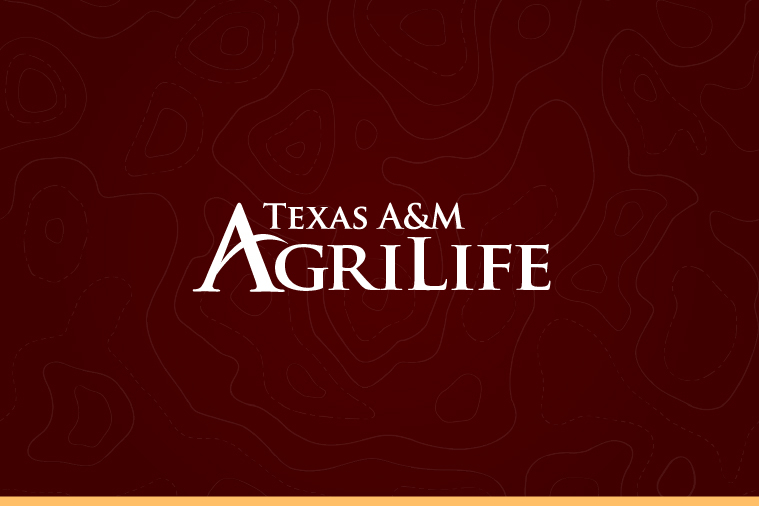Texas A&M AgriLife outreach improves producer-focused resources for enhanced grazing land management
Landowner input, capacity-building techniques integral part of federal grant-funded projects
Understanding management challenges and identifying best management practices to build capacity and conservation on grazing lands across Texas and beyond is the goal of two new federally funded grants garnered by Texas A&M AgriLife experts.

The Texas A&M AgriLife Extension Service and Texas A&M AgriLife Research have been awarded $1.9 million in Grazing Lands Conservation Initiative grants by the U.S. Department of Agriculture Natural Resources Conservation Service.
The Grazing Lands Conservation Initiative is a coordinated effort to identify priorities, find solutions and advance conservation practices on private grazing lands across the U.S. The Texas A&M AgriLife grants are part of $22 million in grants awarded across 36 states.
Using pyric herbivory to address woody encroachment
Morgan Treadwell, Ph.D., AgriLife Extension range specialist, San Angelo, was awarded $999,943 to advance the knowledge and implementation of pyric herbivory across various land management and producer-led organizations.
Pyric herbivory is a rangeland management technique that combines prescribed fire and targeted grazing to control woody plant encroachment and promote biodiversity, said Treadwell, who also serves as a professor in the Texas A&M College of Agriculture and Life Sciences Department of Rangeland, Wildlife and Fisheries Management.
“The combination of fire and grazing is a powerful tool in restoring degraded grasslands while providing a multitude of benefits including reducing wildfire risk and their impacts, reducing overutilization of grasses and forage, and preventing woody plant encroachment,” Treadwell said.
However, connecting new and existing landowners with the latest research and best implementation practices for this management technique has been challenging.
“Landowners — especially non-resident landowners — face time constraints when attempting to balance work and life-related responsibilities with property needs and management,” Treadwell said. “Landowner conservation associations, such as prescribed burn, wildlife and cattlemen’s associations, often serve as a gateway for these individuals to connect with other landowners, understand local management challenges and access key knowledge.”
Through support from this grant, Treadwell and collaborators will create a network of sustainable grazing facilitators to serve these landowner associations through the development of AgriLife Extension publications as well as virtual and in-person educational programming.
New YouTube channel to focus on producer outreach
Jeff Goodwin, Ph.D., director of the Texas A&M Center for Grazinglands and Ranch Management, Bryan-College Station, was awarded $996,000 for his project — Empowering the Next Generation of Ranchers: Accessing Knowledge from a Legacy of Stewardship.
Goodwin, also an assistant professor in the Department of Rangeland, Wildlife and Fisheries Management, will work with the National Grazing Lands Coalition to create a producer-focused YouTube channel dedicated to creating high-quality videos of “ranch-worthy” stories reflecting the challenges and triumphs of leading grazing land managers.
The online format will also increase the availability of technical assistance for producers and enable them to learn at their own pace.
Accessible technical assistance can improve the livelihoods of producers, increase implementation of adaptive grazing practices, and strengthen efforts to improve grazing land health, Goodwin said.
“Online video-sharing platforms like YouTube have become an increasingly useful tool for producers to learn about novel management practices and strategies that can help them reach their goals,” Goodwin said.
“Through these stories, beginning farmers and ranchers are able to conveniently access a cache of information gathered from diverse operations and perspectives that will build their capacity to implement effective and sustainable grazing practices.”





